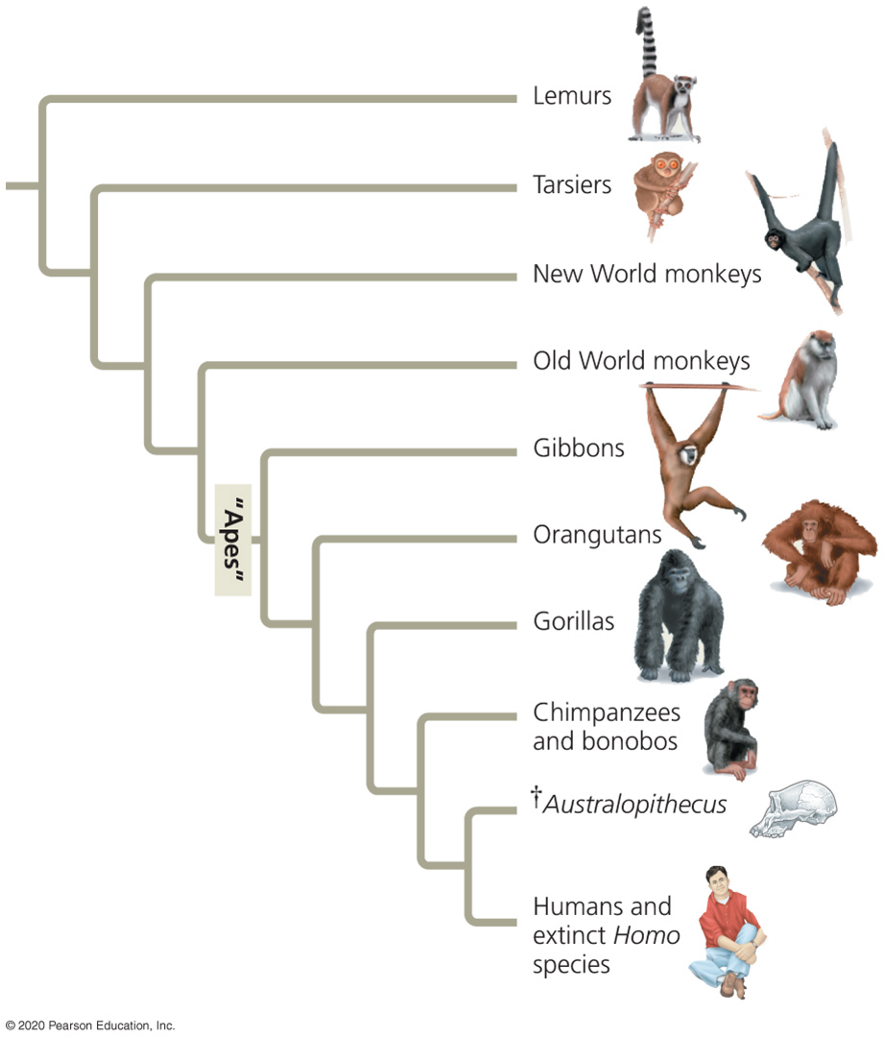5.3 Classification of biodiversity
1/20
There's no tags or description
Looks like no tags are added yet.
Name | Mastery | Learn | Test | Matching | Spaced |
|---|
No study sessions yet.
21 Terms
Hierarchial species classification categories
Domain, kingdom, phylum, class, order, family, genus, species
Dear King Philip Came Over For Good Soup
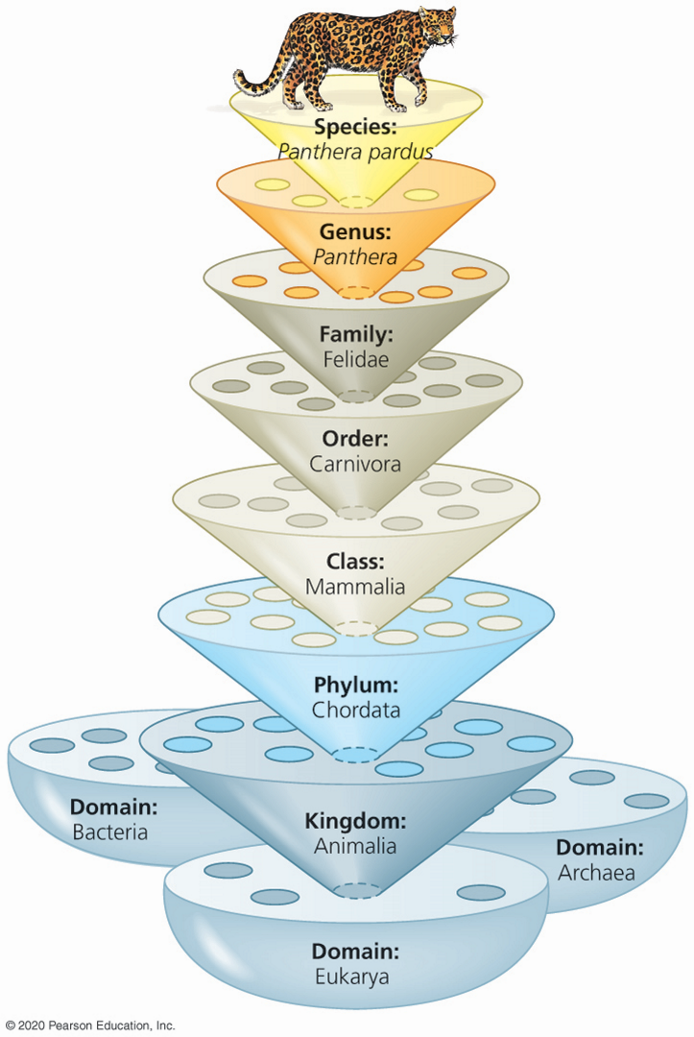
Domain
Eukarya: Protists, Plants, Fungi, Animals
Archaea – includes prokaryotes that live in Earth’s extreme environments.
Bacteria – the most diverse and widespread prokaryotes (e.g., E. coli)

Prokaryote phylogeny
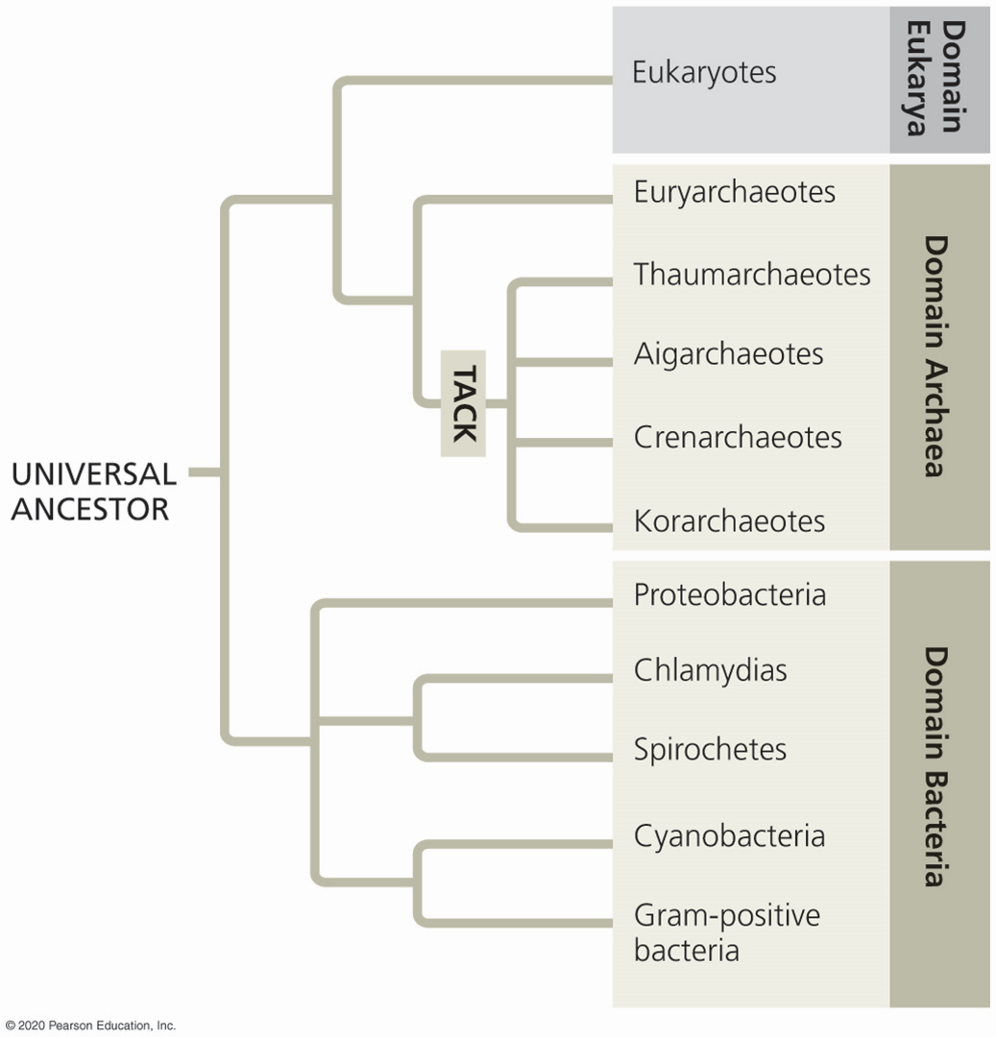
Bryophytes
Small herbaceous nonwoody plants.
Ex: Mosses
Anchored to the soil by rhizoids
Gametophyte (haploid part) larger than sporophyte
Height of plant limited by lack of vascular tissue so needs to live in damp environment as it can’t transport water
Produces spores and not seeds
First type of vegetation during beginning of plant evolution
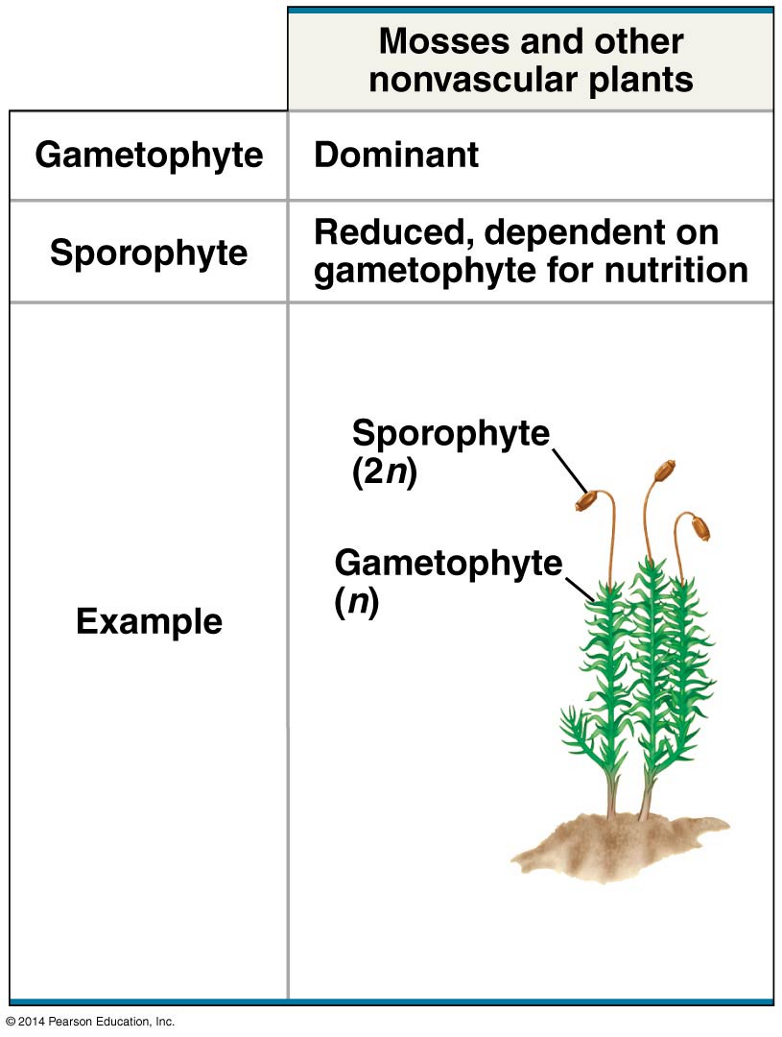
Filicinophytes
Seedless vascular plants
Ex: Ferns
Contains 2 types of vascular tissue: xylem and phloem
Xylem transfers water and minerals
Phloem distributes sugars and amino acids
Taller plant in general due to the existence of vascular tissue which gives them an advantage to compete for sunlight.
Contains roots
Makes spores
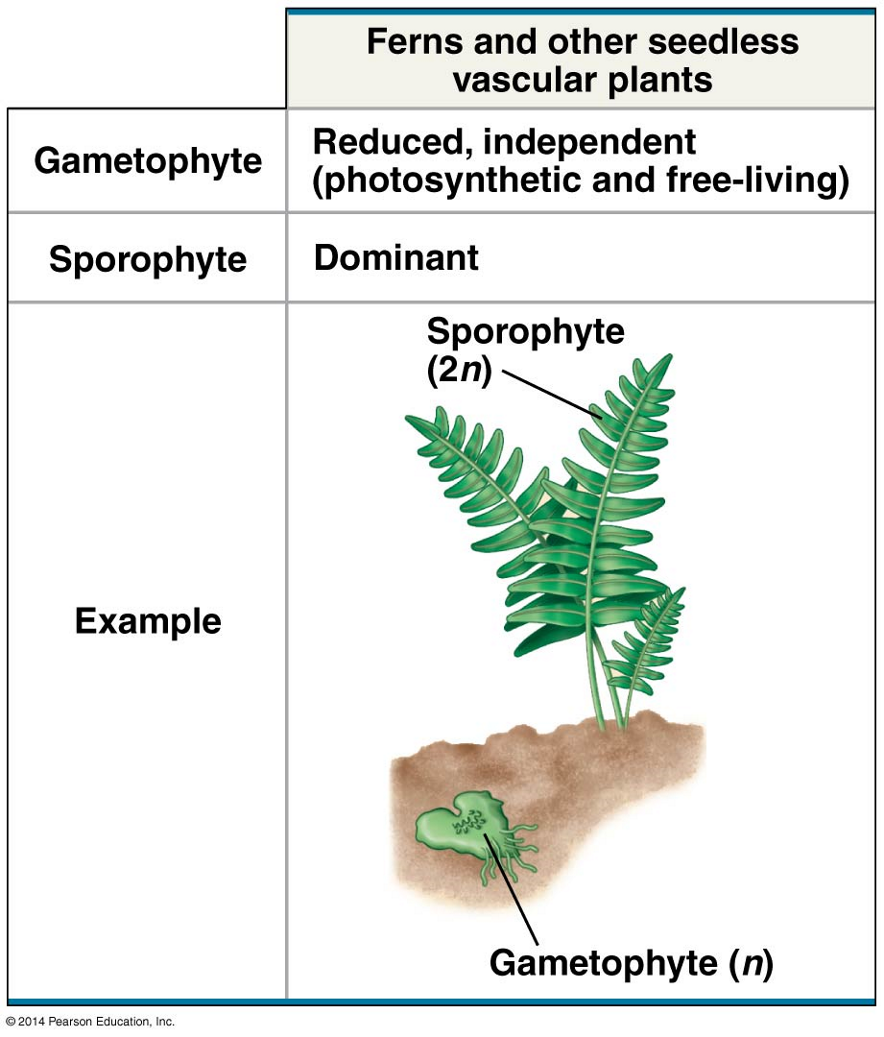
Coniferophytes
Gymnosperms which have naked seeds that are not enclosed in chambers
Ex: Conifers
Disperses mature seeds through wind
Ovule has female gametophyte (distributed in female cones) while pollen grains have male gametophytes (distributed in male cones)
Undergoes pollination where pollen is transfered into the part of the plant with ovules
Seeds allow plant to survive in drier conditions
Has roots and vascular system
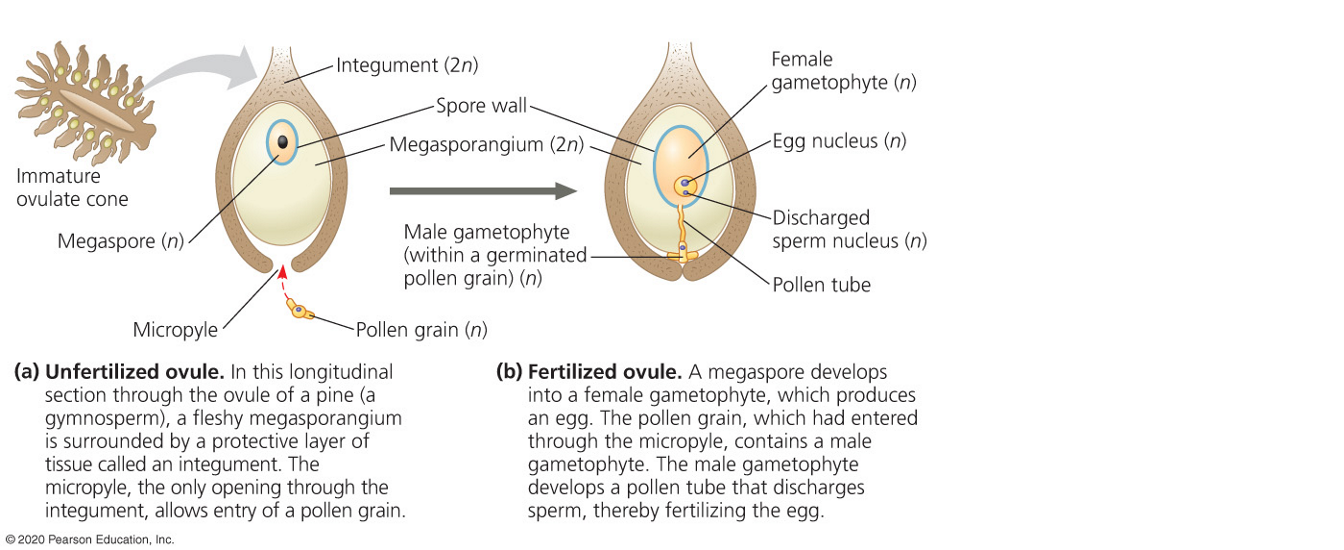
Angiosperms
Seed plants which contain reproductive structures called flowers and fruit.
Most widespread of all plants
Contains a flower which is a structure specialized for specialized reproduction.
Reproduction occurs in various methods
Produces seeds after fertilization of the ovules
Sometimes has various fruit adaptations to spread seeds by wind, water or animals
Ex: burrs, helicopter shaped seeds.
Contains roots, vascular tissue, ovules, and pollen p
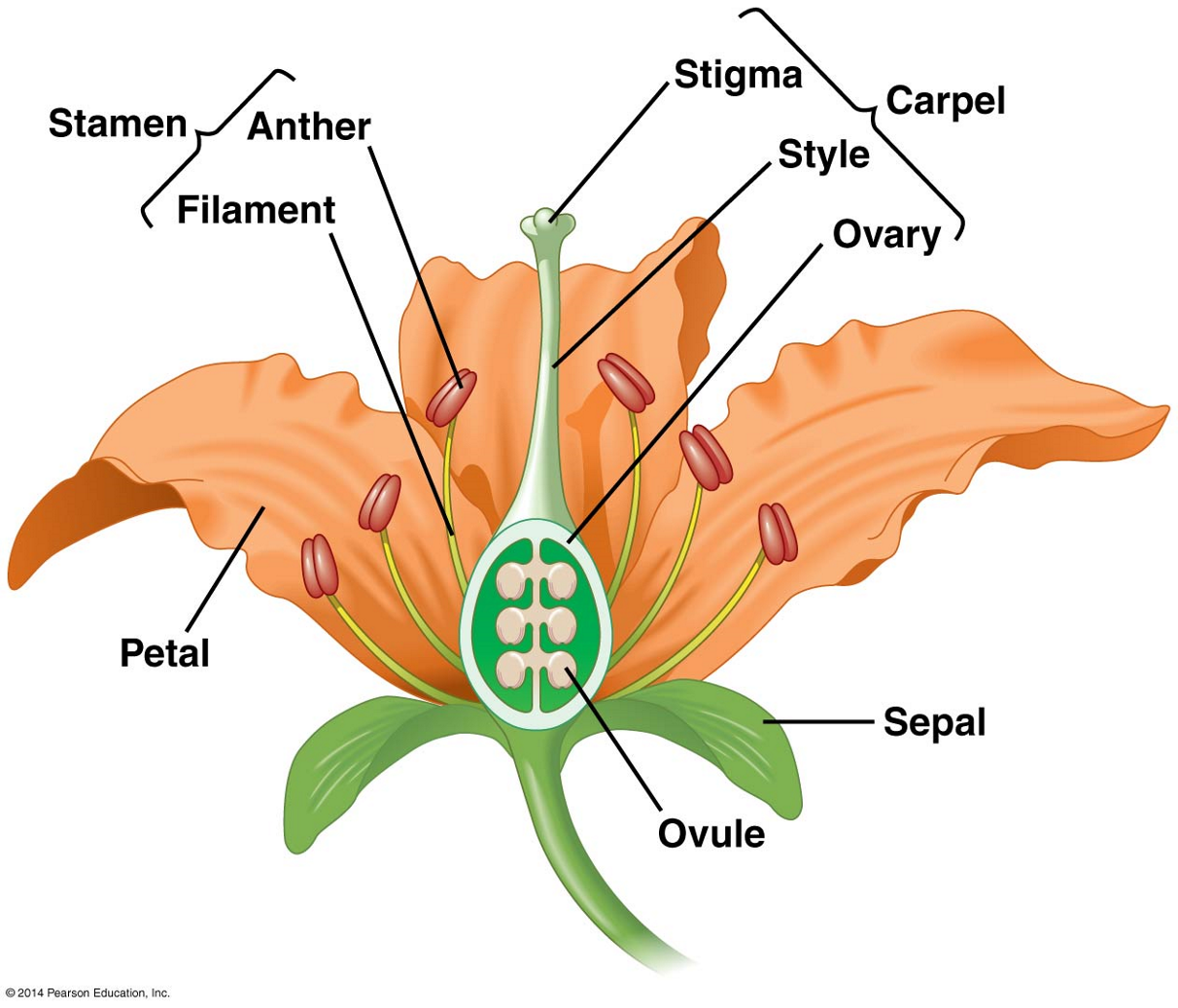
Porifera
Sponges which are filter feeders that capture food particules in the water that pass through their body.
Do not contain a mouth or an anus
Lack true tissues (made of group of cells)
Attached to a surface
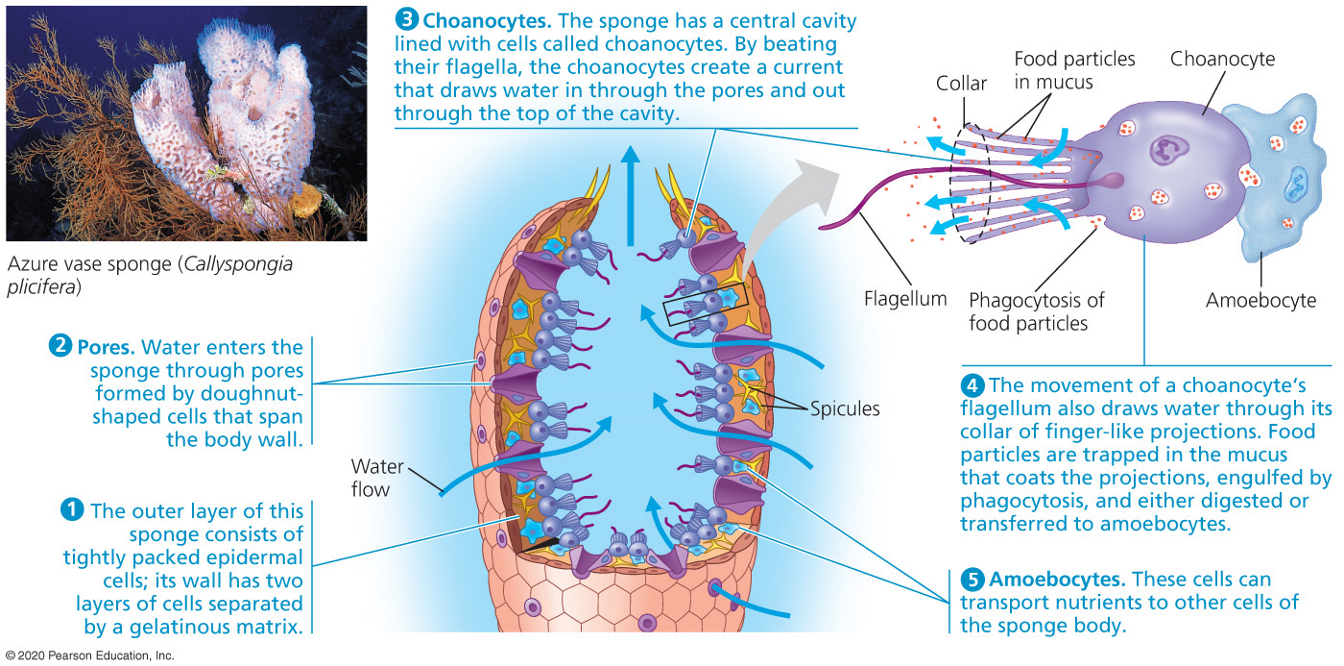
Cnidaria
Includes jellyfish and anemones
Contains true tissues
Composed of a sac with central digestive compartment
Has 1 opening which functions as a mouth and an anus
Canivorous
No brain but has nerve with sensory structures
Contains radial symmetry
Radial symmetry
Organisms which have no distinguishable front or back side and are symmetrical all around.
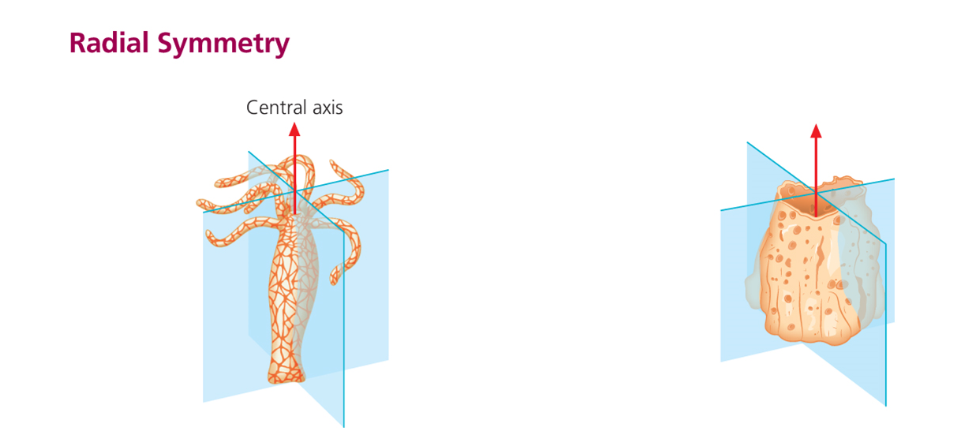
Billateral symmetry
Animals which can be divided into 2 identitical left and right sides. Has a distinguishable top and bottom side.
Individuals that are bilateral typically move independently compared to those of radial symmetry
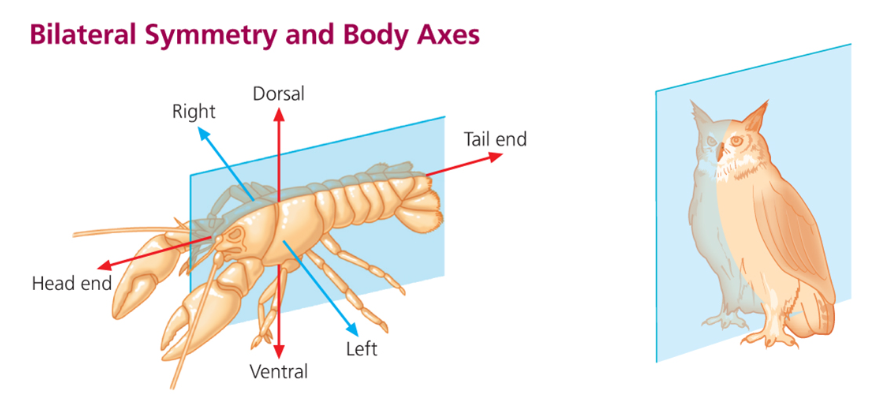
Platyhelminthes
Flatworms which are small worms that have a flat body shape.
Contains no skeleton
Are NON segmented
Contains a body cavity and a mouth
Does not contain an anus
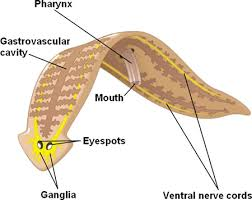
Annelida
Segment worms
Contains a mouth and an anus

Mollusca
Clams, snails, squid and octopus
Has soft body that has a hard shell
Contains a mouth and anus
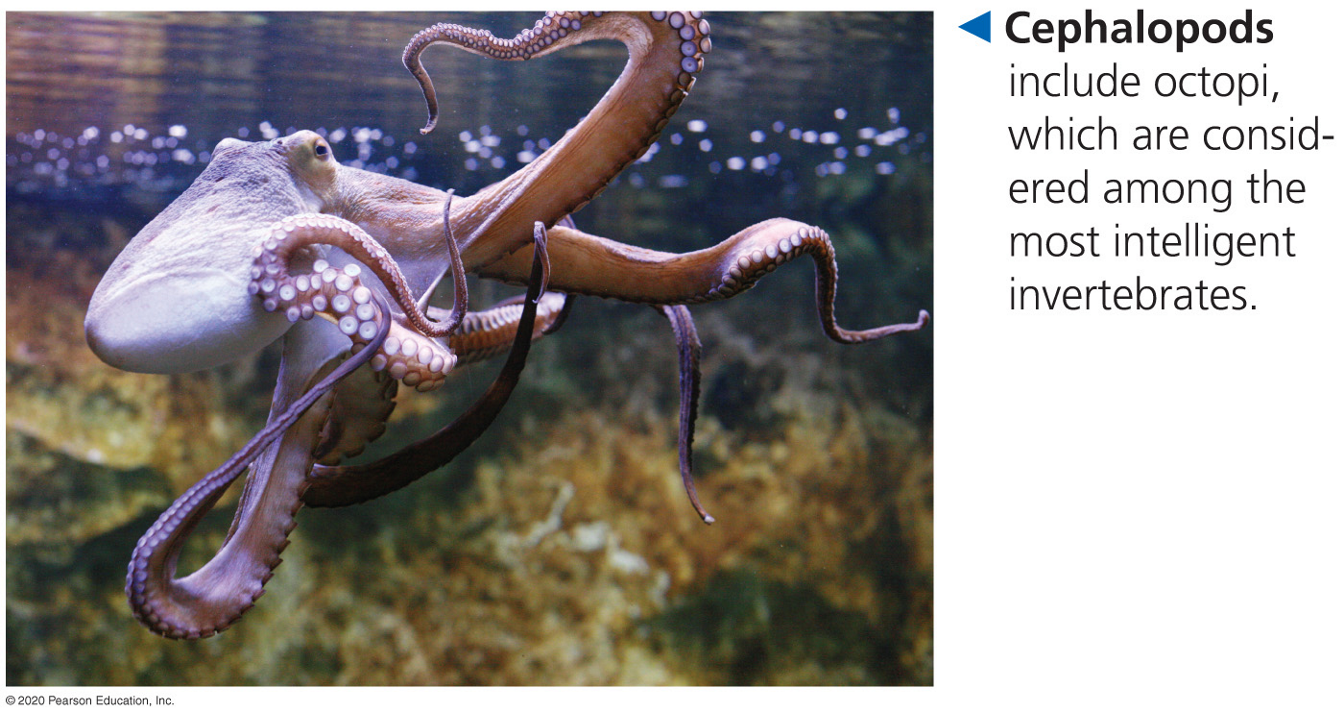
Arthropod
Insects, millipedes, crabs, arachnids
Extremely common in the world
Has segmented exoskeleton made of chitin
Has jointed appendages
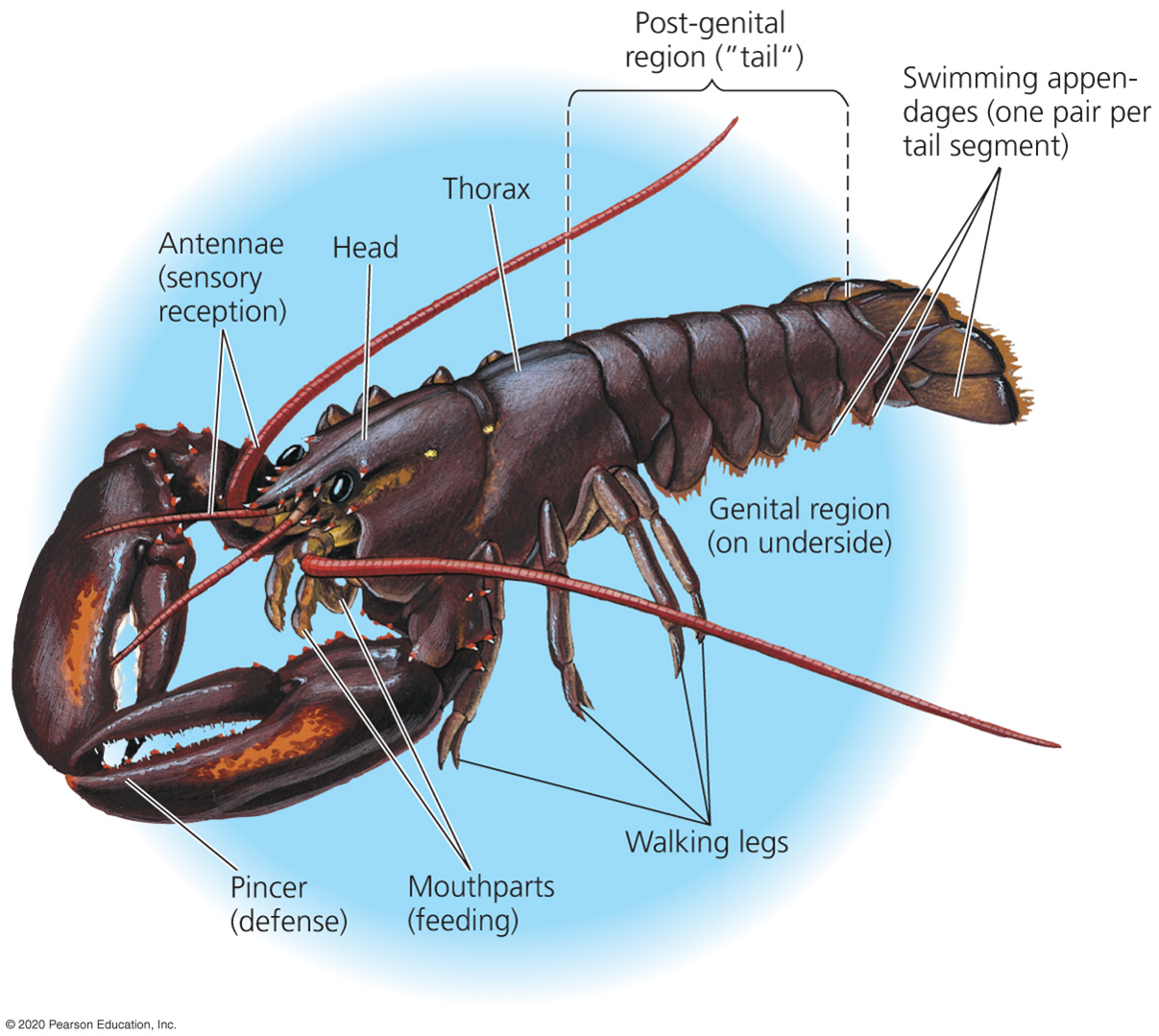
Chordata
The ancestor of vertebrates
Members of the phylum chordata
has similar set of derived characters
Notochord (flexible rod)
Dorsal (hollow nerve cord)
Muscular post anal tail
Pharnyngeal slits
All had backbone and well defined head
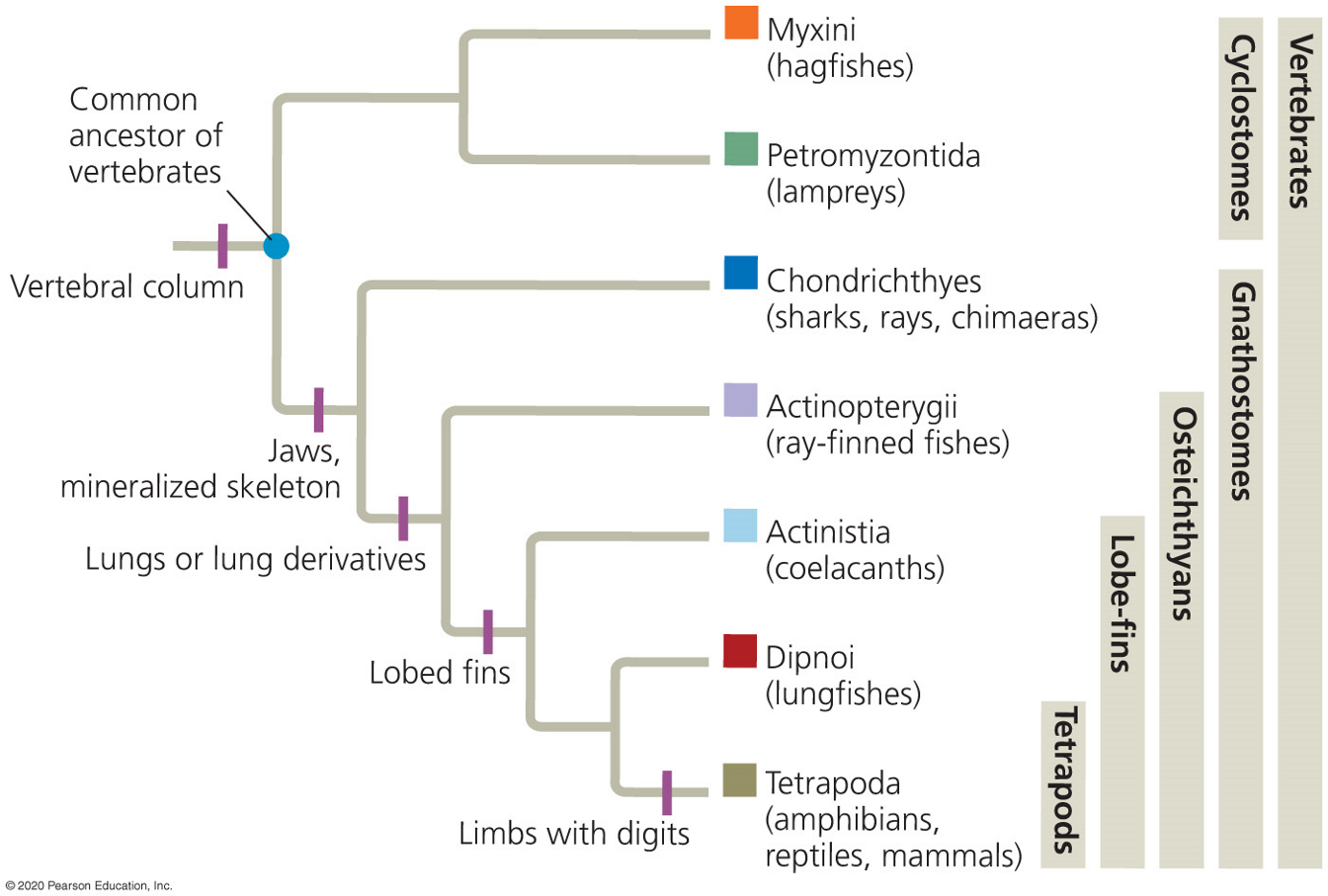
Ray-finned fishes
Fishes different from sharks that have a bone endoskeleton
Has lungs
27 thousand species of ray finned fishes
1 slit on their gills
Has external fertilization
Has swim bladder
Amphibians
Frogs, salamanders
Lives in moist environments
Has simple lungs with folds
Skin allows water and gas to be exchanged
Fertilization occurs externally
Eggs are coated with a gel
Larval stages in water (tadpole)
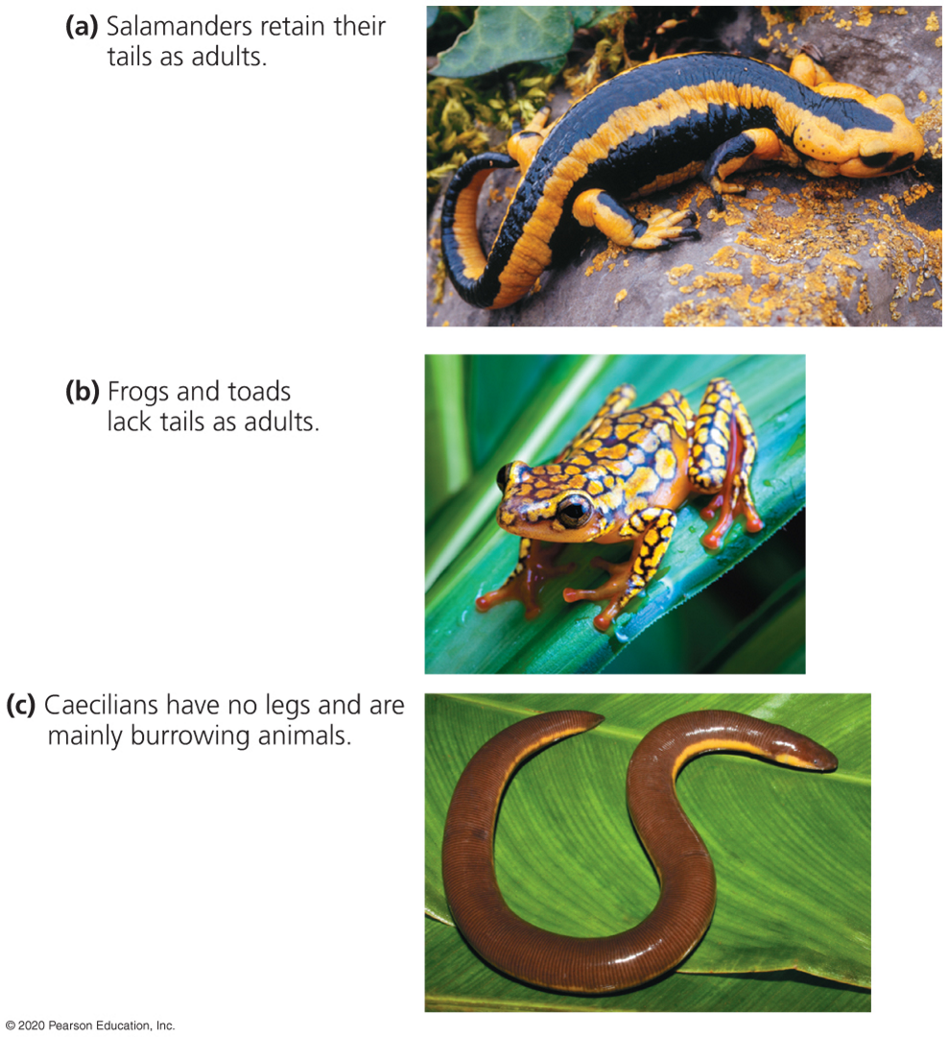
Reptiles
Turtles, lizards, snakes
Has scales made with keratin which are waterproof
Lays eggs on land
Fertilization internal
Cold blooded so requires sunlight to heat up and regulate body
Has lungs with folds.

Birds
Feather covered mammal
Keeps body warm through metabolism
Has skin and feathers made from keratin
Lays eggs with hard shell
Lungs with bronchial tubes

Mammals
Contains mammary glands that produce milk
Hair
Fat layer under skin
Skin made from keratin
High metabolic rate
Has lungs with alveoli
Has live young
3 major mammalian lineages
Monotremes
Marsupials
Eutherians
